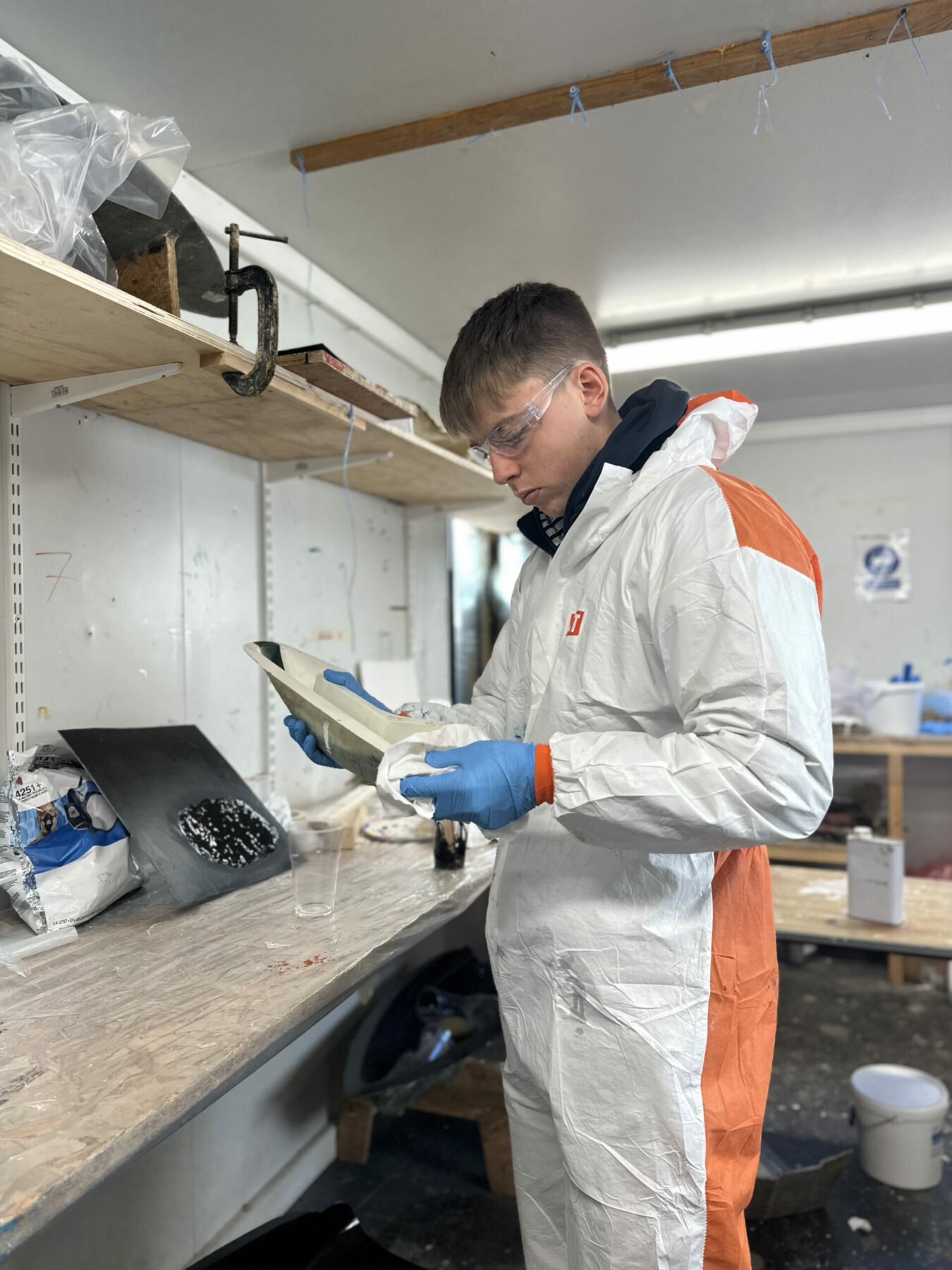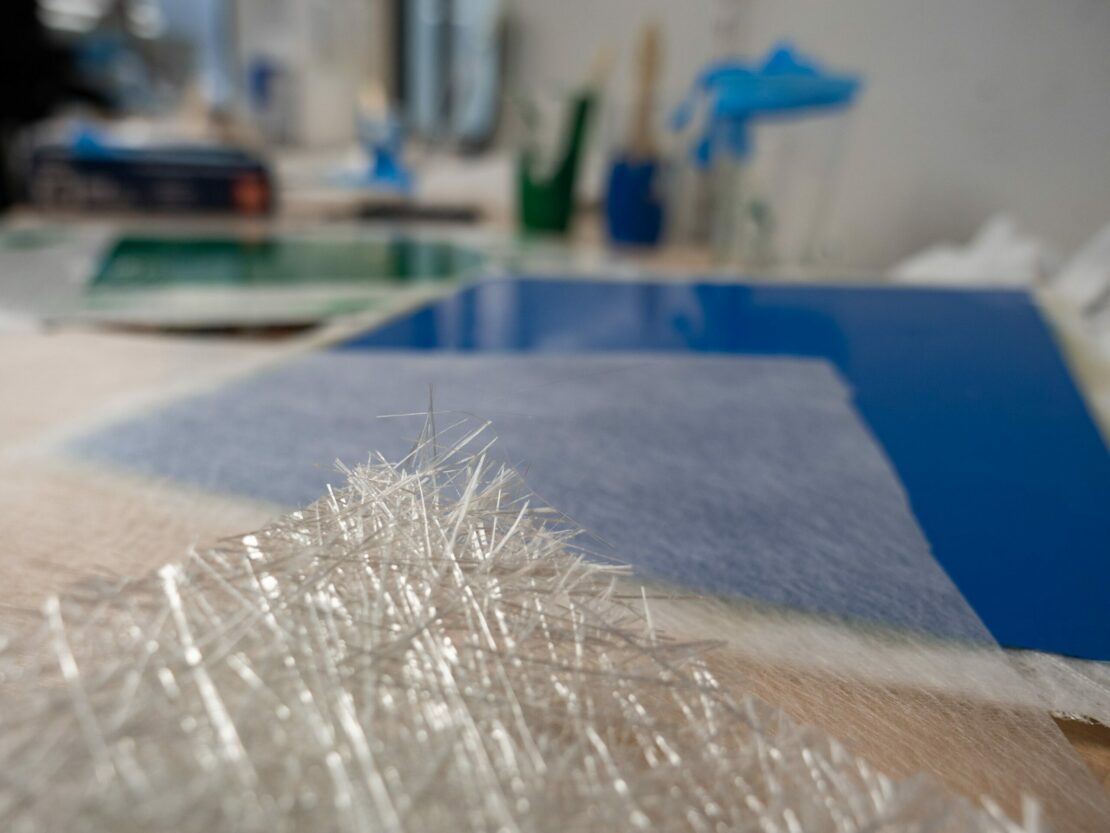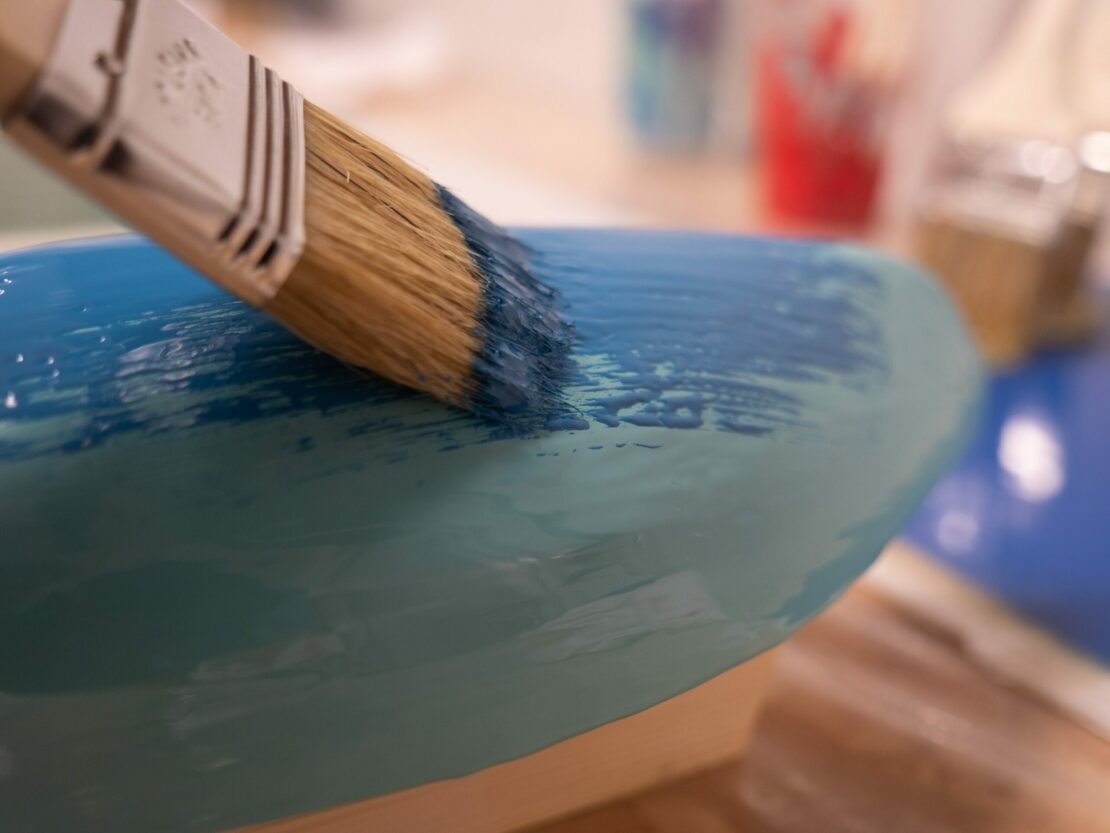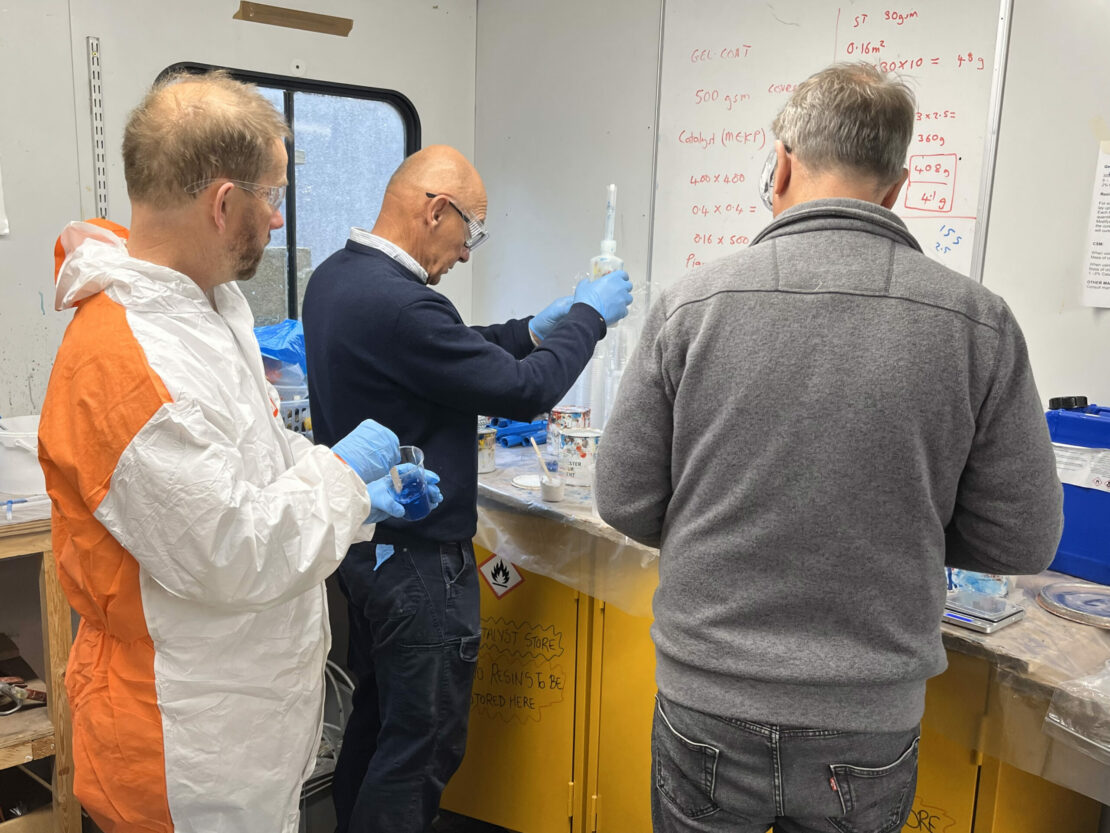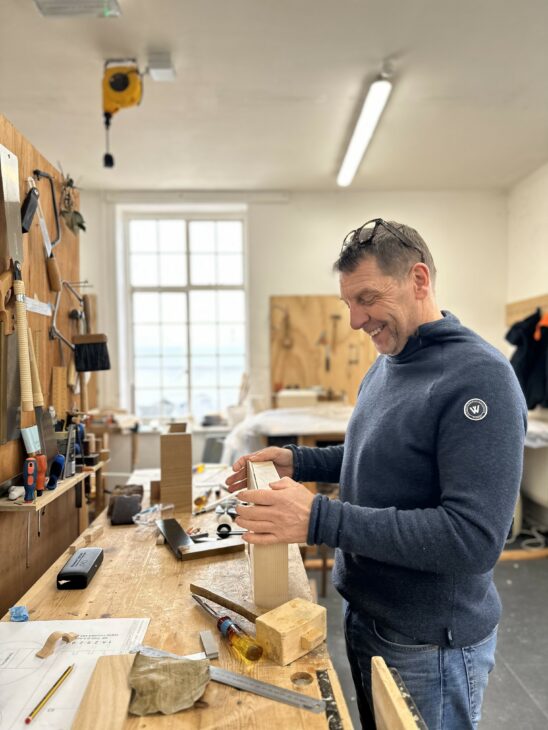WHAT YOU’LL LEARN
The course starts with the basics of working safely with polyester-based glass reinforced plastics (GRP). Learn methods for the safe handling, mixing, trimming, storage, and disposal of the materials used. Understand the functions of the components such as resins, catalyst, and pigments, before tackling practical hands-on activities. In our GRP workshop, you will prepare moulds and perform simple lay-ups to get to grips with using the materials, before learning techniques to repair damage to hulls and gel coats, this includes colour matching. You will also learn methods required to undertake more complex repairs that require temporary moulds, for instance to reconstruct shaped areas such as bilge keels or transom corners. By the end of the course, you will be well prepared to carry out day to day repairs for common minor damage and to produce simple GRP components.
